Aquarium Water Care: Keep Your Fish Healthy & Happy
Keep your fish healthy with clean aquarium water. Learn key water parameters, the nitrogen cycle, and simple weekly care tips for a thriving tank.
Table of Contents
- Why Water Quality Is So Important
- Important Water Parameters You Should Test
- Understanding the Nitrogen Cycle
- Doing Regular Water Changes
- Devices That Assist in Maintaining Water Quality
- Common Blunders to Prevent
- Fast Weekly Checklist for Water Care
- Faq
- Conclusion
When you're setting up an aquarium, most of us tend to focus on the fish, the decorations, or the lighting. But the most crucial component of your aquarium is the water. It's where your fish live — and just as we need clean air to breathe, your fish need clean, safe water to live.".Keeping the water in your aquarium well maintained makes your fish healthy, live longer, and appear more active and colorful.

Why Water Quality Is So Important
The water in your tank is more than H₂O — it contains oxygen, nutrients, and waste. If the water isn't balanced or clean, your fish can get ill or even perish. Low quality water is the #1 reason for issues with home aquariums.
Fish don't like changes in the water conditions and are extremely sensitive to them. They don't have the ability to say something is wrong, but you will notice little signs such as:
• Fish gasping at the surface

• Not eating or hiding a lot

• Strange swimming

• Faded colors
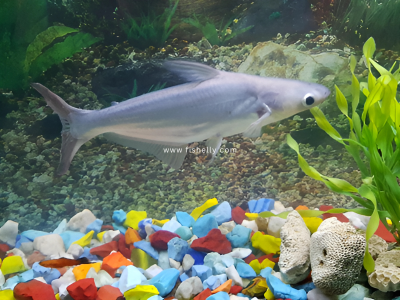
• Sudden deaths
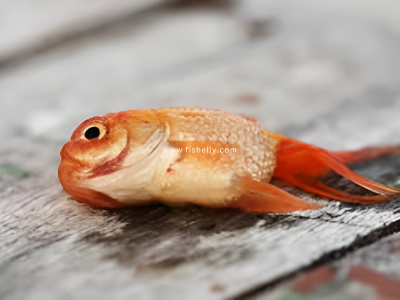
• Keeping the water clean and healthy prevents these issues.

Important Water Parameters You Should Test
There are some important things you should test in your aquarium water. Let's discuss them in simple terms:
1. Ammonia (NH₃)
What it is: Waste from fish poop, leftover food, or dead plants.

Why it's bad: Ammonia is highly toxic — it burns the gills of the fish.
Safe level: 0 ppm (parts per million)
2. Nitrite (NO₂⁻)
What it is: Breakdown of ammonia by bacteria.
Why it's bad: Toxic and harmful to fish.
Safe level: 0 ppm
3. Nitrate (NO₃⁻)
What it is: Last product of breakdown of waste.
Why it's bad: Not as toxic, but excessive amounts cause stress and algae growth.
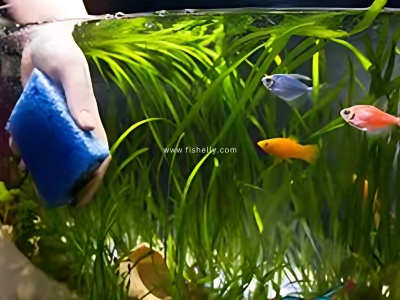
Safe level: Less than 40 ppm (less than 20 ppm is best)
4. pH
What it is: Indicates how acidic or alkaline the water is.
Why it's important: Every fish species likes a specific pH level. Sudden changes can hurt them.
Safe range for most freshwater fish: 6.5pH to 7.5pH
5. Water Hardness (GH & KH)
GH (General Hardness): Tests for minerals such as calcium and magnesium.
KH (Carbonate Hardness): Maintains pH stability.
Why it matters: Some fish need soft water, others need hard water. Also, good KH prevents sudden pH changes.
Understanding the Nitrogen Cycle
Before adding fish to a new tank, you need to "cycle" the aquarium. This means allowing helpful bacteria to grow in your filter and gravel that convert harmful waste into safer forms.
Here’s how it works:
• Fish or food produce ammonia.
• Special bacteria turn ammonia into nitrite.
• Another kind of bacteria convert nitrite to nitrate.
• This is referred to as the Nitrogen Cycle. It typically takes 3–6 weeks to finish.
How to Cycle Your Tank:
• Add a source of ammonia (fish food, pure ammonia, or a hardy fish).
• Test water every few days.
• Wait until ammonia and nitrite are 0, and nitrate levels begin to show.
• Then it's okay to add more fish!

Doing Regular Water Changes
Replacing a portion of your aquarium water each week is one of the simplest and best things you can do to keep the water healthy.
Why replace the water?
• Removes waste and excess food
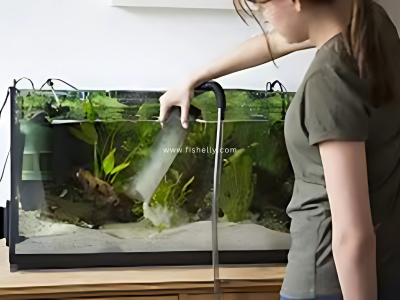
• Reduces nitrate levels
• Replenishes minerals
• Keeps fish healthy and happy
How much to replace?
• 10–25% of water weekly is usually sufficient.
Tips:
• Vacuum the grunge out with a gravel vacuum.
• Always dechlorinate tap water before adding it to your tank.
• Attempt to match new water temperature with the tank water.
Temperature and Oxygen
• Most tropical fish prefer water between 75–80°F (24–27°C).
• Maintain stable water using a good heater and thermometer.
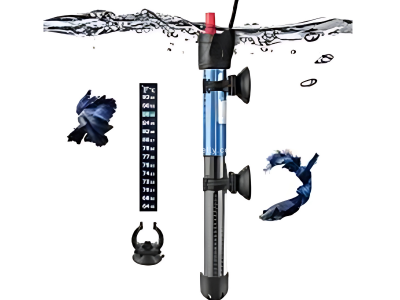
• Add an air pump or sponge filter if you see your fish gasping — that is, if they require more oxygen.

Devices That Assist in Maintaining Water Quality
These are some practical tools and water care products:
• Water test kits (liquid is more precise than strips)

• Water conditioners (eliminate chlorine and chloramine)

• Beneficial bacteria starters (assist in initializing the nitrogen cycle quicker)
• Heater and thermometer (regulate temperature consistently)

• Gravel vacuum (clean out the bottom of the tank)
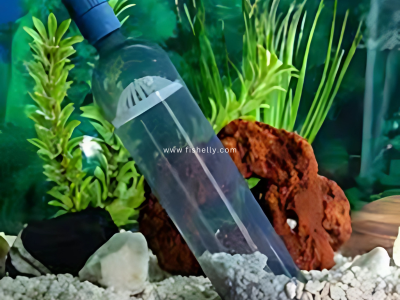
• Filter (make water circulate and clean it)

Common Blunders to Prevent
• Adding fish prior to cycling the tank
• Missing water changes
• Overfeeding fish (results in greater waste)
• Failing to regularly test water
• Utilizing untreated tap water
• Steering clear of these will save you tons of stress and make your fish healthier.
Fast Weekly Checklist for Water Care
• Monitor water temperature
• Test ammonia, nitrite, and nitrate
• Replace 10–25% of water
• Clean gravel and remove trash
• Check your filter and air pump
• Top up evaporated water (using treated water)
Faq
1. Why is water quality important?
Bad water can make fish sick or die. Clean water keeps them healthy.
2. How can I tell if water is bad?
Look for gasping, hiding, no eating, weird swimming, or faded colors.
3. What should I test in the water?
Ammonia, nitrite, nitrate, pH, GH, and KH.
4. Why is ammonia dangerous?
It burns fish gills. Safe level is 0 ppm.
5. What is the nitrogen cycle?
A process where good bacteria turn waste into safe stuff.
6. How long does cycling take?
About 3–6 weeks.
7. How often should I change water?
10–25% every week.
8. Do I need to treat tap water?
Yes, always use water conditioner.
9. What’s the right temperature?
75–80°F (24–27°C) for most tropical fish.
10. Why are fish gasping at the top?
Low oxygen. Use an air pump or sponge filter.
11. What tools do I need?
Test kit, heater, filter, gravel cleaner, water conditioner.
12. What mistakes should I avoid?
No cycling, no water changes, overfeeding, untreated tap water.
13. How can I make it easier?
Follow a weekly checklist and stay consistent.
Conclusion
Maintaining your aquarium water is not difficult — it only requires a little bit of time and routine. After you know the basics, it's an easy routine. And the payoff? Contented, healthy fish gliding in a gorgeous, crystal-clear tank.
Got questions or tips? Drop them in the comments!






